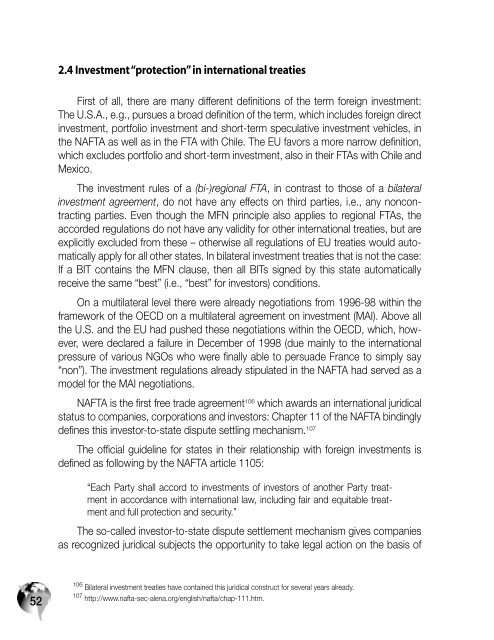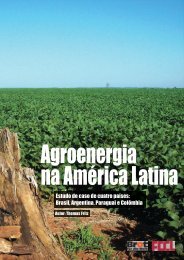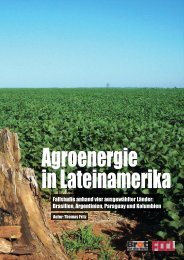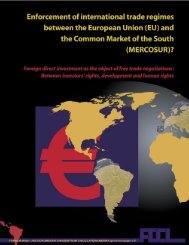Download - FDCL
Download - FDCL
Download - FDCL
You also want an ePaper? Increase the reach of your titles
YUMPU automatically turns print PDFs into web optimized ePapers that Google loves.
52<br />
2.4 Investment “protection” in international treaties<br />
First of all, there are many different definitions of the term foreign investment:<br />
The U.S.A., e.g., pursues a broad definition of the term, which includes foreign direct<br />
investment, portfolio investment and short-term speculative investment vehicles, in<br />
the NAFTA as well as in the FTA with Chile. The EU favors a more narrow definition,<br />
which excludes portfolio and short-term investment, also in their FTAs with Chile and<br />
Mexico.<br />
The investment rules of a (bi-)regional FTA, in contrast to those of a bilateral<br />
investment agreement, do not have any effects on third parties, i.e., any noncontracting<br />
parties. Even though the MFN principle also applies to regional FTAs, the<br />
accorded regulations do not have any validity for other international treaties, but are<br />
explicitly excluded from these – otherwise all regulations of EU treaties would automatically<br />
apply for all other states. In bilateral investment treaties that is not the case:<br />
If a BIT contains the MFN clause, then all BITs signed by this state automatically<br />
receive the same “best” (i.e., “best” for investors) conditions.<br />
On a multilateral level there were already negotiations from 1996-98 within the<br />
framework of the OECD on a multilateral agreement on investment (MAI). Above all<br />
the U.S. and the EU had pushed these negotiations within the OECD, which, however,<br />
were declared a failure in December of 1998 (due mainly to the international<br />
pressure of various NGOs who were finally able to persuade France to simply say<br />
“non”). The investment regulations already stipulated in the NAFTA had served as a<br />
model for the MAI negotiations.<br />
NAFTA is the first free trade agreement 106 which awards an international juridical<br />
status to companies, corporations and investors: Chapter 11 of the NAFTA bindingly<br />
defines this investor-to-state dispute settling mechanism. 107<br />
The official guideline for states in their relationship with foreign investments is<br />
defined as following by the NAFTA article 1105:<br />
“Each Party shall accord to investments of investors of another Party treatment<br />
in accordance with international law, including fair and equitable treatment<br />
and full protection and security.”<br />
The so-called investor-to-state dispute settlement mechanism gives companies<br />
as recognized juridical subjects the opportunity to take legal action on the basis of<br />
106 Bilateral investment treaties have contained this juridical construct for several years already.<br />
107 http://www.nafta-sec-alena.org/english/nafta/chap-111.htm.









